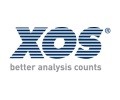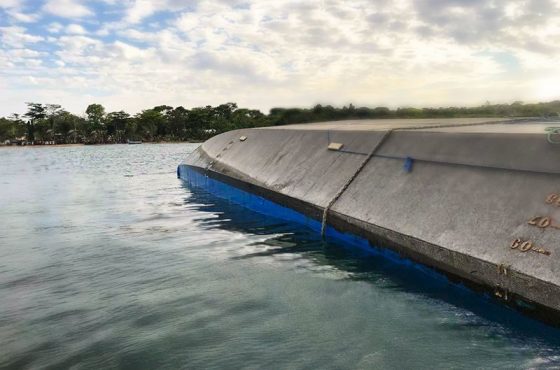XOS Enters Marine Market with New Solution to Transform Onboard Fuel Testing
XOS, a trusted partner in the petroleum industry for sulfur regulation compliance, is entering the marine market with a new solution. Petra MAX™, a portable XRF analyzer, delivers combined analysis of sulfur and harmful elements like calcium, zinc, phosphorus, and vanadium. Unlike other solutions, Petra MAX is fully compliant with sulfur test methods in ISO 8217 for marine fuels.
The decision by the International Maritime Organization (IMO) to reduce the worldwide cap on vessel sulfur emissions from 3.5% to 0.5% come January 2020 will prompt widespread adoption of onboard testing solutions to enable ship owners and operators to test fuel before leaving port and upon entering regulated regions at sea. Penalties for non-compliance can be up to $25,000 per day.
A technical manager from a leading ship management company stated that “although the bunker delivery note is the official document for sulfur content, we plan to crosscheck the note with onboard testing to ensure compliance. A lot of technical managers already have a process in place for testing and analyzing the samples by shore-based labs, so implementing this process onboard shouldn’t be difficult.”
Petra MAX delivers rapid and precise sulfur testing with a limit of detection as low as 0.0006% – well below the new regulatory limit. To ensure lab quality results and compliance with methods approved for marine fuel testing (covered under ISO 8217), Petra MAX is fully compliant with ISO 8754, ASTM D4294 and IP 336. The analyzer can also measure calcium, zinc, and phosphorus at best-in-class LOD which can indicate the presence of used lubricant oils, as well as vanadium which can build up in valves and corrode metal surfaces.
Source: XOS



